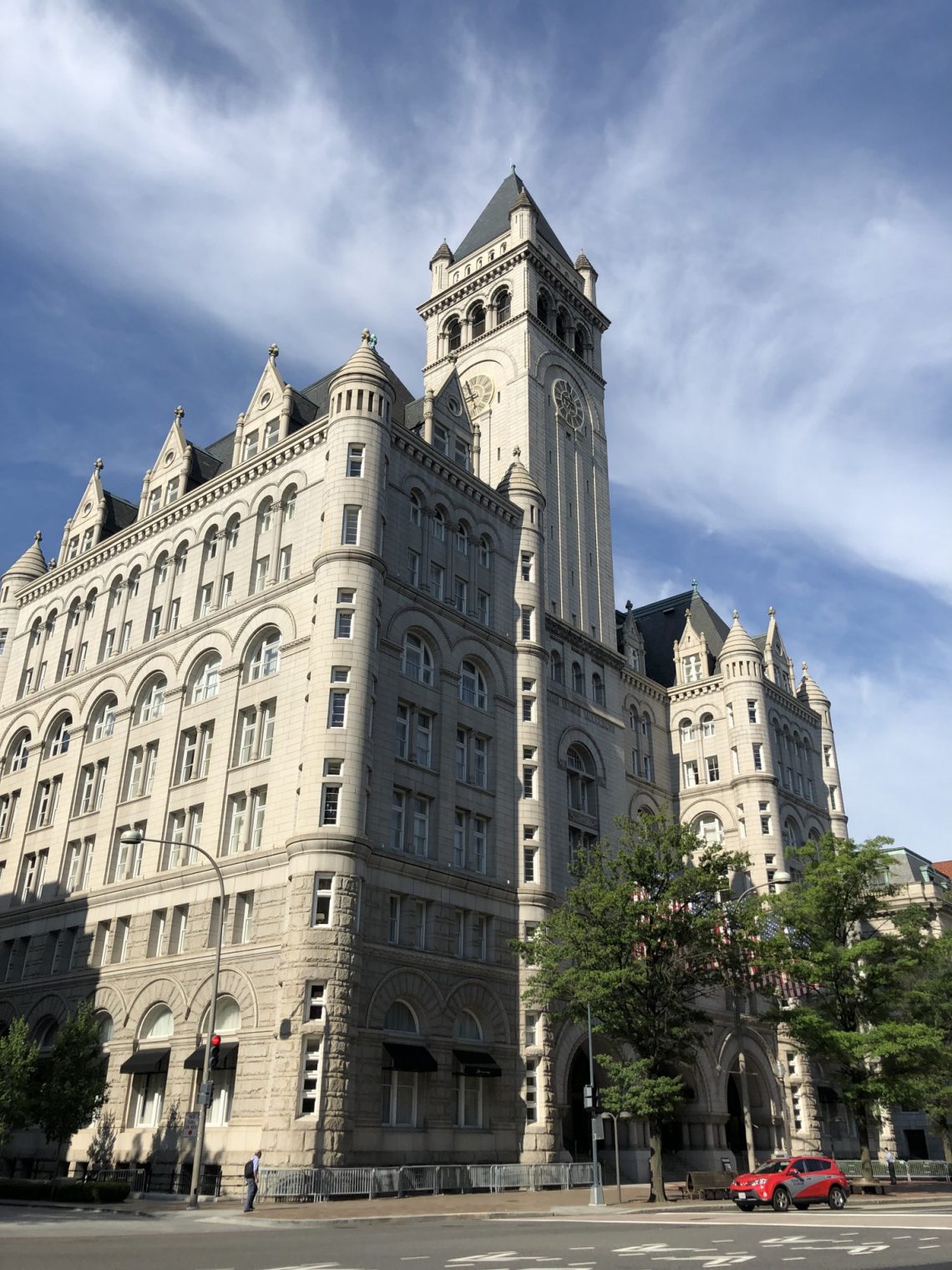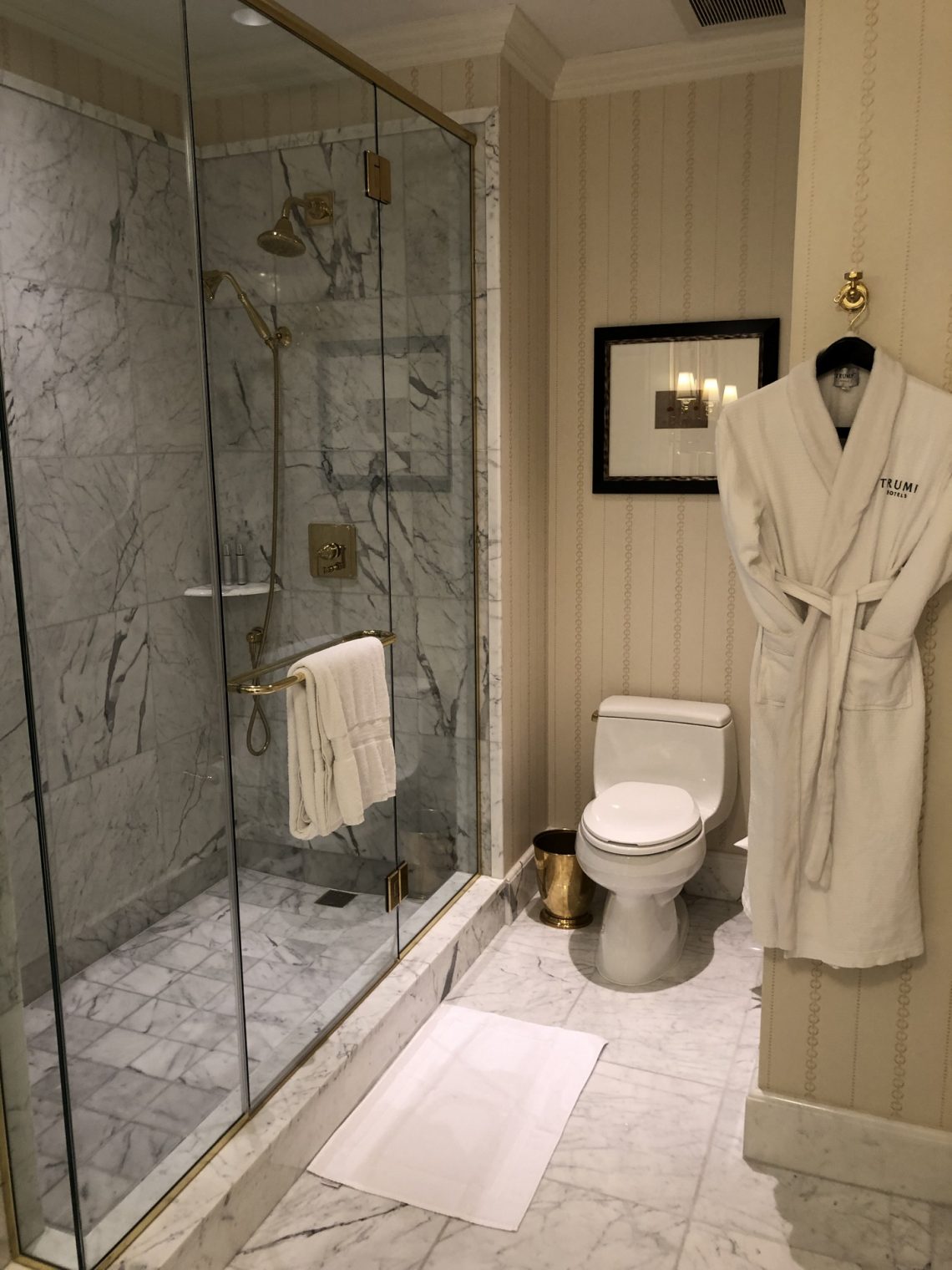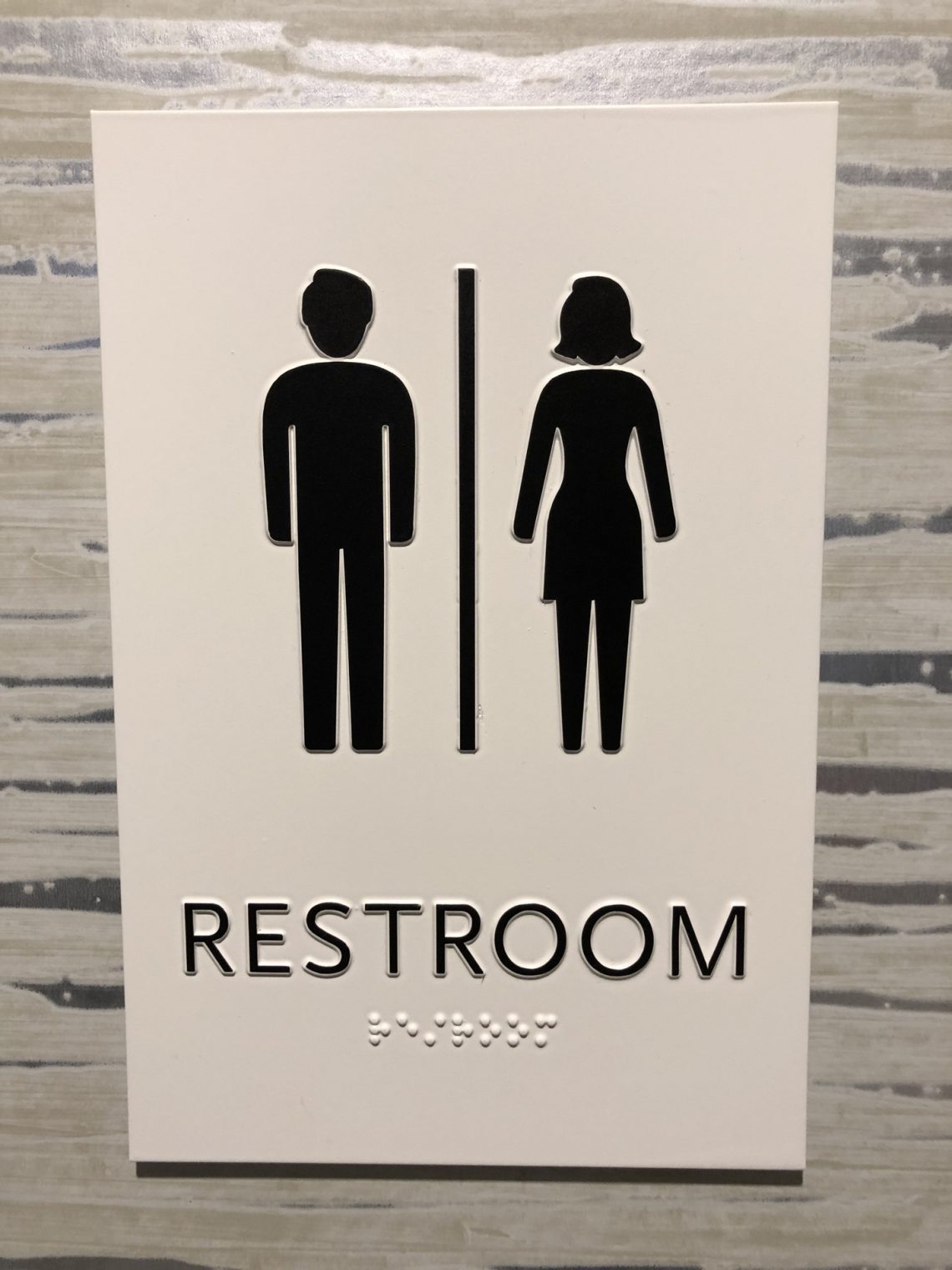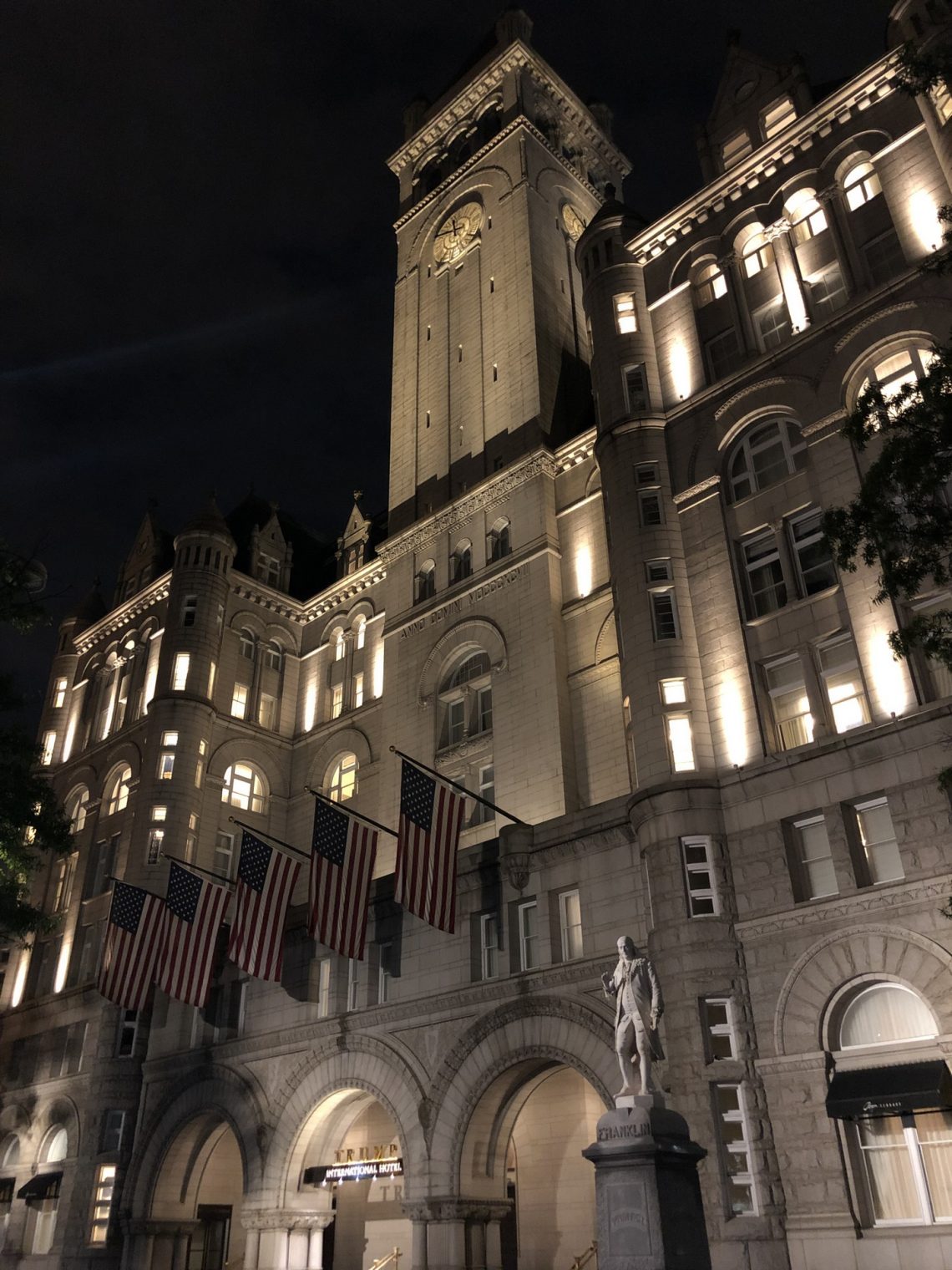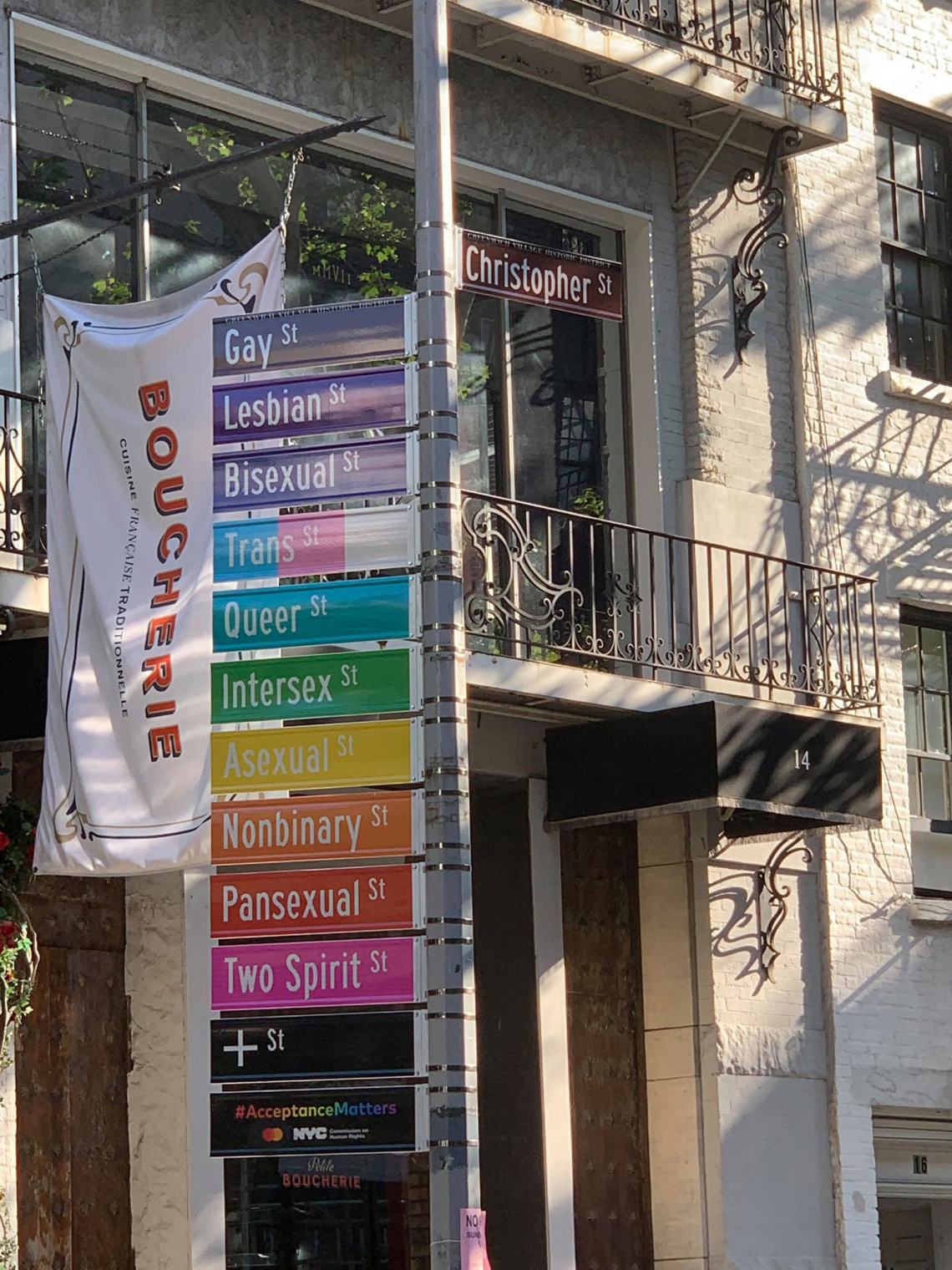To see how many folks would defriend me on Facebook, I decided to stay at the Trump Hotel (#1 ranked on TripAdvisor) during a recent business trip to D.C.
The hotel is located in one of the most impressive buildings in Washington, D.C., the 1899 Old Post Office. This became derelict by the 1970s and a 1983 revival attempt failed to turn it into a viable shopping mall. Trump leased it in 2013, fixed it up, and opened it as a hotel just in time for the 2016 coup d’etat (in which the rightful heiress to the U.S. throne failed to obtain it).
The ornate Trump style for which even he has mocked himself (see this 2004 episode of Saturday Night Live: “This place looks like the Liberace Museum”; “Who did your decorating? Saddam Hussein?”) works pretty well in an ornate Victorian-era building. Bring on the gold leaf!
Basic rooms are about $400/night (roughly 20 percent cheaper than comparably luxurious hotels). A pet is $50 extra. The bathroom featured enough marble to entomb a Communist leader (Bernie Sanders will eventually have his mausoleum here?).
A shaving kit was provided quickly and graciously by the front desk. The included razor was a three-blade Gillette, thus linking the Trump brand to a fight against toxic masculinity and to a celebration of transgenderism. Performance was truly terrible compared to anything made by Dorco.
The gym was huge (by hotel standards), with a full selection of weights, cardio, and other equipment. It was usually empty. Sadly, the gym restroom was not marked “all gender”:
Food in the hotel is served in the main glassed-over courtyard room. Breakfast is great, at typically high luxury hotel prices. The evening steakhouse is superb, with waitstaff who are obviously quite serious about cuisine. The Trump Organization does seem to have a knack for hiring great people. Everyone in the hotel is welcoming.
One nit: The courtyard, and therefore restaurants, is suffused with a soft techno-style thumping music. This might make sense at a W Hotel (which I can’t stand!) or in Miami, but Mozart string quartets would make a lot more sense given the decor.
My Facebook friends were outraged as predicted. A national bank “community relations” executive told me that the Trump hotels were her favorite and she would always try to get a room in a Trump property for any business trip to a city where the empires. She is even more passionate about her love for Obama and Hillary, however, and stopped patronizing Trump hotels in 2016.
A DC-based lawyer with whom I work said that he was a regular drinks/dining customer at the Trump D.C. hotel, but has shied away since Trump won the election.
Given that the intensity of Trump hatred among Democrats is much stronger than the intensity of Trump love among Republicans, I wonder if the narrative that Trump hotels are getting a boost in business from his presidency is false. Maybe there are some folks who think it is fun to be a Trump customer and perhaps there are some foreigners who think that Trump will do their bidding if they are regular guests. But these have to be outweighed by those who want to demonstrate their virtue by never setting foot in a Trump-named enterprise again.
(A friend at a local Harvard Club event was listening to a talk about negotiating difficult deals. The speaker said that one had to find something to “appreciate” about the person on the other side. Once that bond had been made it might be possible to make progress. As an example, then, he asked a woman in the audience “What can you appreciate about Donald Trump?” She answered immediately, and in a huff: “Nothing.” It doesn’t seem as though she will be a customer of Trump D.C. any time soon!)
Democrats have not explained how the influence would work. I would have loved it if the room had included a doorknob hang tag with the guest’s desired change to federal regulations (my pick: FAR 135.160!).
Some more views….
Related:
Full post, including comments 


